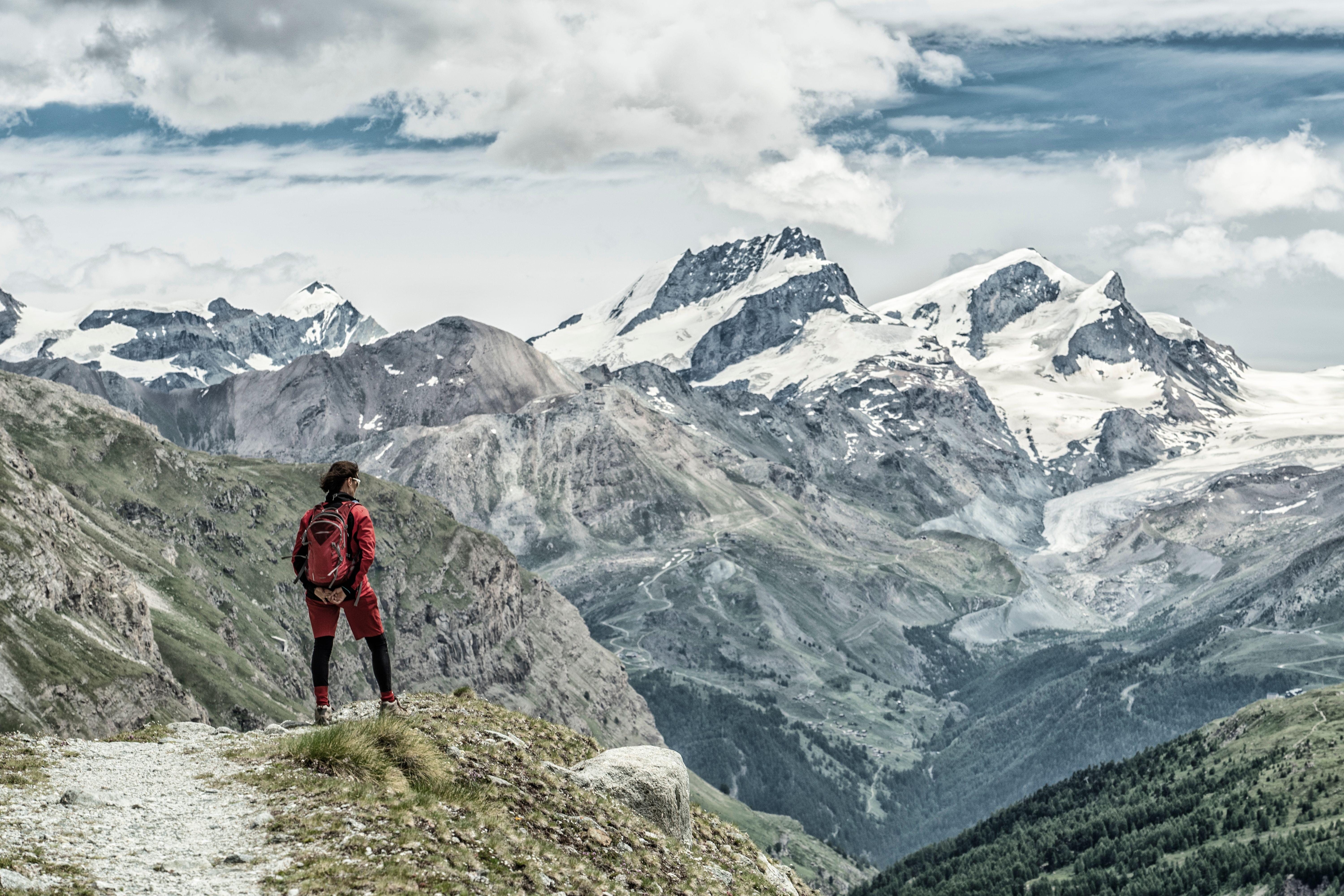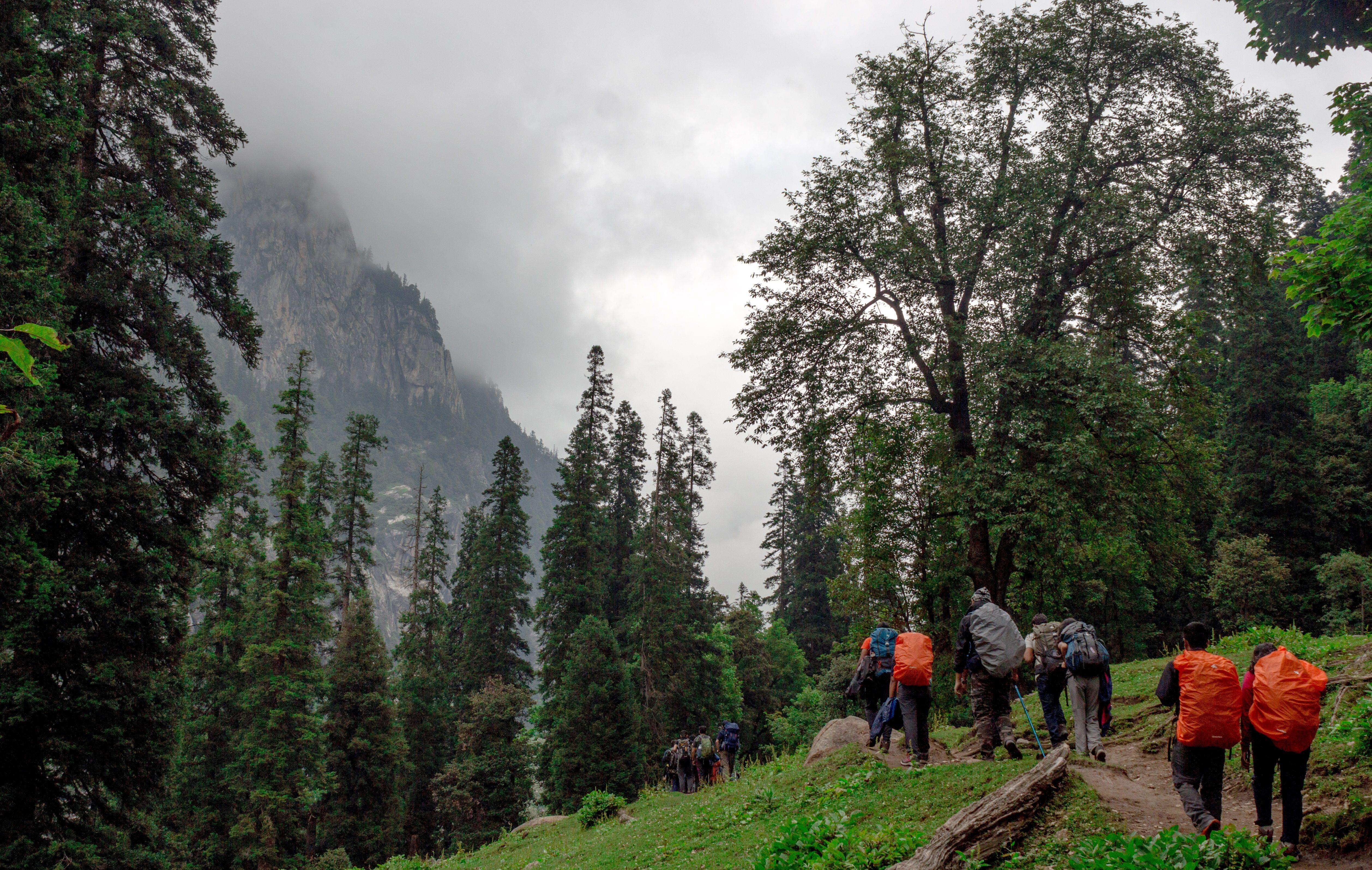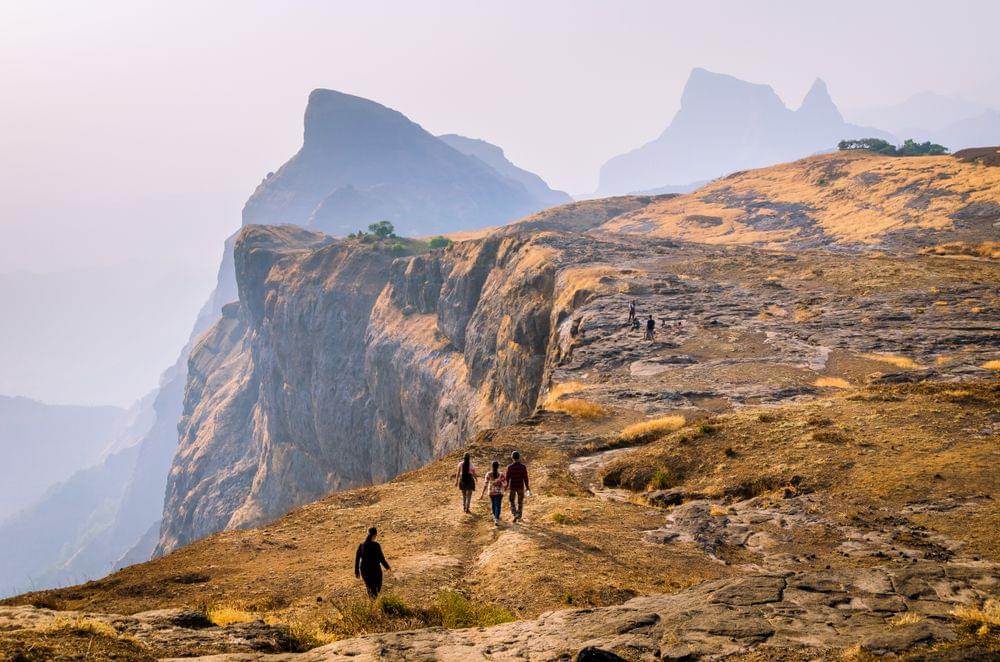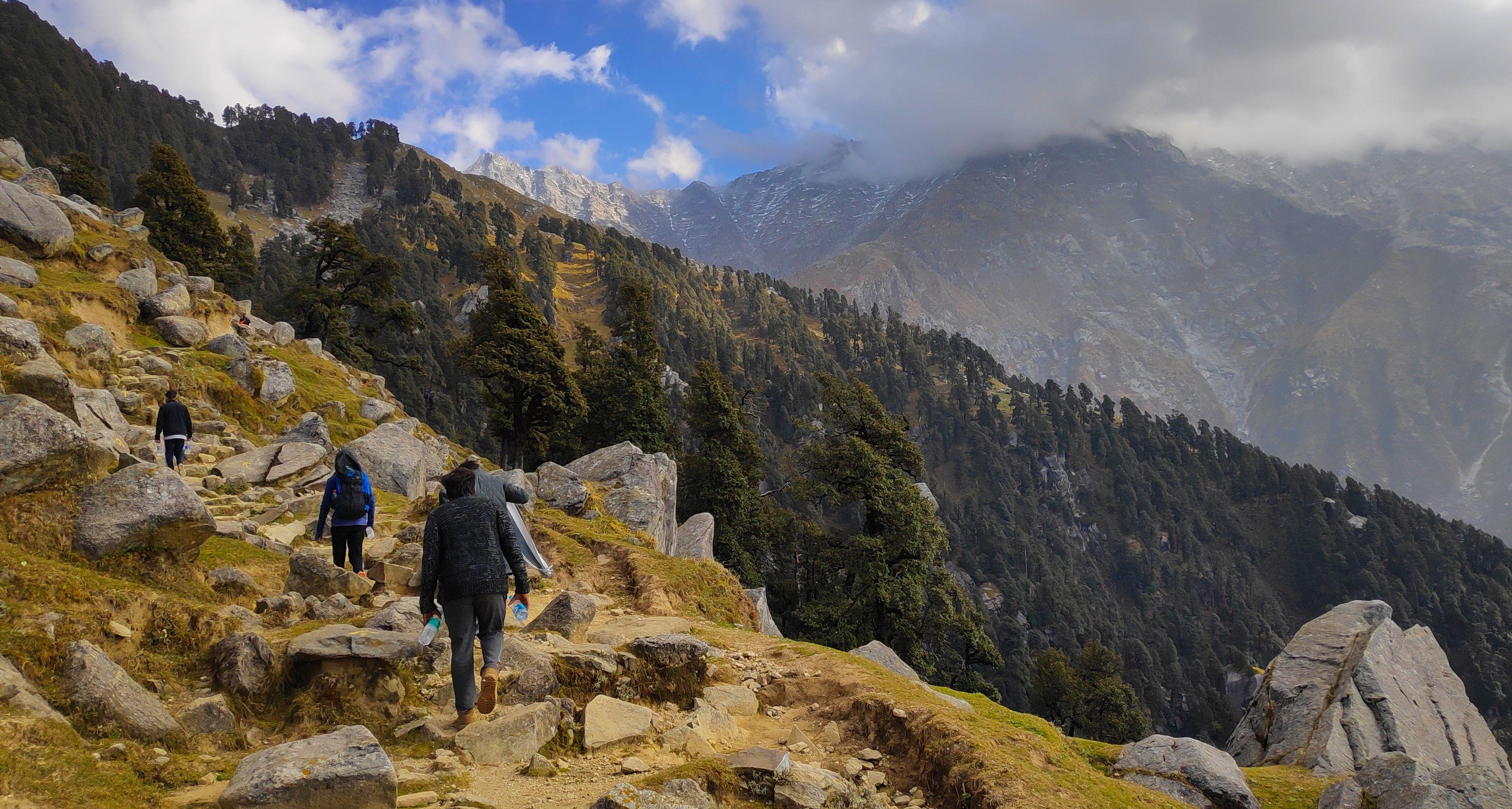Bijli Mahadev Trek Overview
Book Bijli Mahadev Trek Package
Quick Facts of Bijli Mahadev Trek
Maximum Altitude: 2460 meters
Temperature: 25 degrees Celsius to 37 degrees Celsius
Trek Distance: 3 Km
Trek Duration: 1 day
Terrain Type: Forests and stairs
Trek Difficulty Level: Easy to moderate
Starting Point of Bijli Mahadev Trek: Kinja Village
Finishing Point of the Trek: Kinja Village
Nearest Railway Station: Jogindernagar Railway Station
Nearest Airport: Bhuntar Airport
Trek Base Camp: Kinja Village
Snow Season: Winters from November heavy snowfall and low temperatures
Best Season: Summers around March and June
Bijli Mahadev Trek Itinerary
Bijli Mahadev Trek
- Get transferred from the hotel by taxi to reach Kinja village, the base point of the trek.
- Start the trek and ascend between the lush green forest.
- Have lunch amidst the tall trees.
- Experience Bijli Mahadev Trekking for 3 hours to reach the temple.
- Arrive at Bijli Mahadev Temple to pray, and offer your respect.
- Descend to Kinja Village.
- Get transferred to the hotel.
What to Pack for Bijli Mahadev Trek?
Although Bijli Mahadev Trek is a summer trek at such high altitudes, it can be cold because of low temperatures. So, carry warm clothes with you for protection.
Carry sunglasses and sunscreen.
In case of an emergency, carry rainwear.
Trekking shoes that are appropriate for any terrain.
A backpack of 50-60 liters is required.
Toiletry like Toothbrushes, toothpaste, soaps, tissues, moisturizer, cold coral, sanitizer, and anti-fungal cream.
Personal medicine kit for emergency purposes.
Carry a leakproof lunch box, mug, spoon, and disposable plates with you.
Carry Water bottles, snacks such as biscuits, protein bars, glucose-based chocolates, cup noodles, dry fruits, and quick energy bites.
Plastic covers to keep your used clothes separate from your new clothes and food.
Carry chargers, power banks, and a magnetic compass to ensure proper communication and navigation.
General Trivia About Bijli Mahadev Trek
It is believed that the entire valley of Kullu and the Kinja village is in the form of a snake. The dreadful serpent is said to be slaughtered by Lord Shiva.
Legend says that a demon named Kulant took the form of a dragon to destroy the entire valley. This is one of the reasons why Kullu valley is named Kullu- derived from the legend of the demon-dragon Kulant.
The temple is called Bijli Mahadev because it is believed that a lightning bolt hits after every 12 years directly to Shiva Linga to distort it. Priests use Sattu and Butter to fix the Shiva Linga, making Bijli Mahadev Trekking people address this place as ‘Makhan Mahadev’. Lord Shiva takes up the entire bolt to himself for saving the residents and his devotees.
According to some legends, Lord Indradev seeks permission from Lord Shiva to hit the Shiva Lingam, every 12 years.
Know Before You Go to Bijli Mahadev Trek
Visit a doctor before the trek to assess your fitness level and other required checkups.
Avoid Bijli Mahadev Trekking during the monsoon season because rain can make the stairs hard to climb.
Keep cash on you because there are no ATMs or UPI machines beyond Kullu.
After Kullu, there would be no mobile phone network. As a result, you should notify your family and close friends ahead of time.
You must follow the guidelines issued by the state.
Follow the instructions of the trek guide carefully.
Don’t climb the stairs of Bijli Mahadev Trek too quickly as it may tire you up.
Don’t trek during the night.
Practice ventilation techniques as atmospheric pressure drops at such high altitudes, resulting in reduced oxygen inhalation.
Don’t use earphones as they will hinder your audibility.
The sudden drop in oxygen levels can cause headaches, hypoxic conditions, vomiting, and a variety of other health issues.
Carry medications and take the necessary precautions to avoid these.
Carry dry snacks and food from home to save your money.
Cover your head as cold waves strike your head and face, lowering your body temperature.
Climbing stairs too quickly will tire you out and may result in an accident.
By Air: You can take a flight to reach Bhuntar Airport for Bijli Mahadev Trek. This airport is known as Kullu Manali Airport or the Kullu Airport, located at a distance of 17 kilometers. The small airport has a variety of modern amenities and connectivity to major metropolitan cities of India.
By Train: You can board a train to reach the nearest railway station of Jogindernagar. Located at a distance of around 125 km, this railway station has interconnectivity to all the major metropolitan cities and famous towns of the country via Chandigarh at 270 km from Kullu.
By Road: Himachal Pradesh Road Transport Corporation has made State-owned buses accessible to major Indian cities. You can choose any of the buses via New Delhi (570 km), Pathankot (285 km), Chandigarh (267 km), and Shimla (270 km). You can also board luxury tourist buses of Himachal Pradesh Tourism Development Corporation.
The best time to visit Bijli Mahadev Temple Trek is between March and June because the weather is calm and pleasant. The trail will follow the path of lush greenery with beautiful pine and deodar trees. The temperatures range between 25 degrees to 37 degrees Celsius, suitable for trekking and camping. You must avoid going in monsoon because this place witnesses strong thunderstorms. During the winters this trek is inaccessible due to heavy snowfall and low temperatures.
You May Also Book
FAQ's of Bijli Mahadev Trek
How Difficult is the Bijli Mahadev trek?
Bijli Mahadev Trek is rated from easy trek as it takes you 2460 meters high to Bijli Mahadev temple. You have to travel a mere distance of 3 kilometers while ascending through forests of pines and deodar. The trail is easy to climb by simple steps through the green meadows and temple stairs. You need to take quick steps in some parts of the journey, making the trail moderately difficult at points. However, the trek is easy and beginner-friendly.
Who established Bijli Mahadev temple?
Some historians believe that the Bijli Mahadev temple was established by Vedic scholar Shankaracharya to promote Hinduism.
Is the myth surrounding Bijli Mahadev temple true?
It is a very common thing to hear about the lightning bolt striking the Shiv Linga, once in 12 years, and this place also witnesses strong Thunderstorms frequently.
Is Bijli Mahadev trek safe?
Yes, Bijli Mahadev Trek is safe because you have to cover 3 kilometers of ascending in a single day. You won’t have to rest for the night in a campsite as it is a short trek. The trail takes you through green grasslands and forests. Once you reach the temple, you have to climb a large number of stairs to enter. All of this makes Bijli Mahadev Trek beginner friendly, easy, and safe.
What are the opening hours of the Bijli Mahadev temple?
The Bijli Mahadev Temple is open every day from 06:00 AM to 08:00 PM. You can visit according to the time of your preference and trek during these hours. Once you offer your prayer, you can stay in the surrounding place for natural sightseeing and peace.
Is the Bijli Mahadev trek suitable for families?
Yes, Bijli Mahadev Trekking is suitable for group participation such as families, and friends. Since it is a one-day trek, you can finish this easily. If you plan to go on a trek with your family, all of you must walk 5 km every day to prepare for this trek.
Will I find snow during my trek?
You will find little to no snow during summers as the temperatures range from 25 degrees Celsius to 37 degrees Celsius. However, in December, January, February, and March, the entire region is covered in snow. The trek is not accessible during this season.
Is the mobile network present on the Bijli Mahadev trek?
Beyond Kinja Village, mobile networks aren’t accessible. You should inform your family and loved ones before heading out from Kinja Village on this peaceful trek.
Is there an ATM service near Bijli Mahadev?
Beyond Kinja Village and Kullu, there is a very small number of ATM services available.
Can I use cashless payment methods during the Bijli Mahadev trek?
It is highly recommended to carry cash. As you might be needing it while visiting the religious shops near the temple for offerings.
.png?w=auto&h=400)






